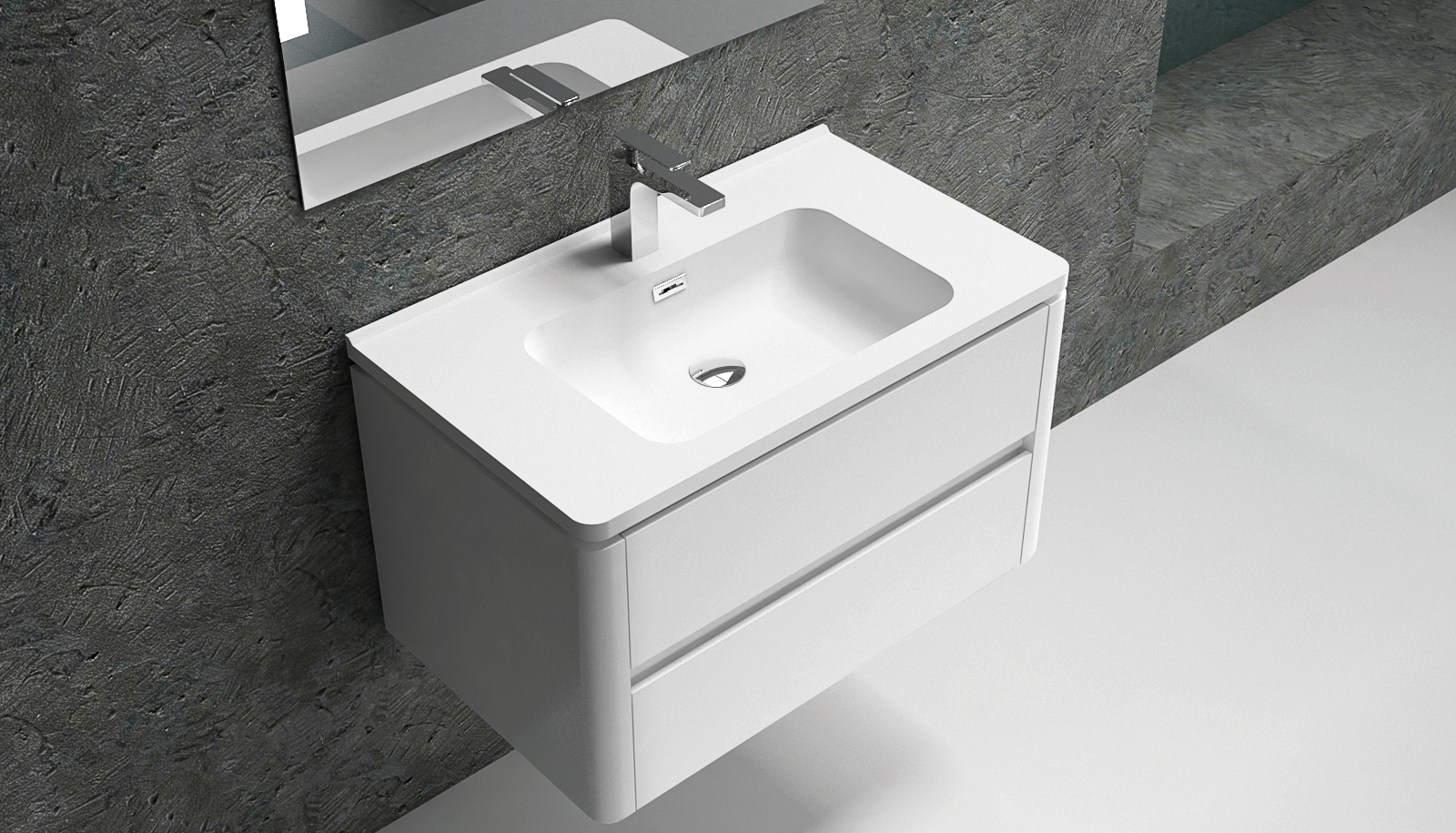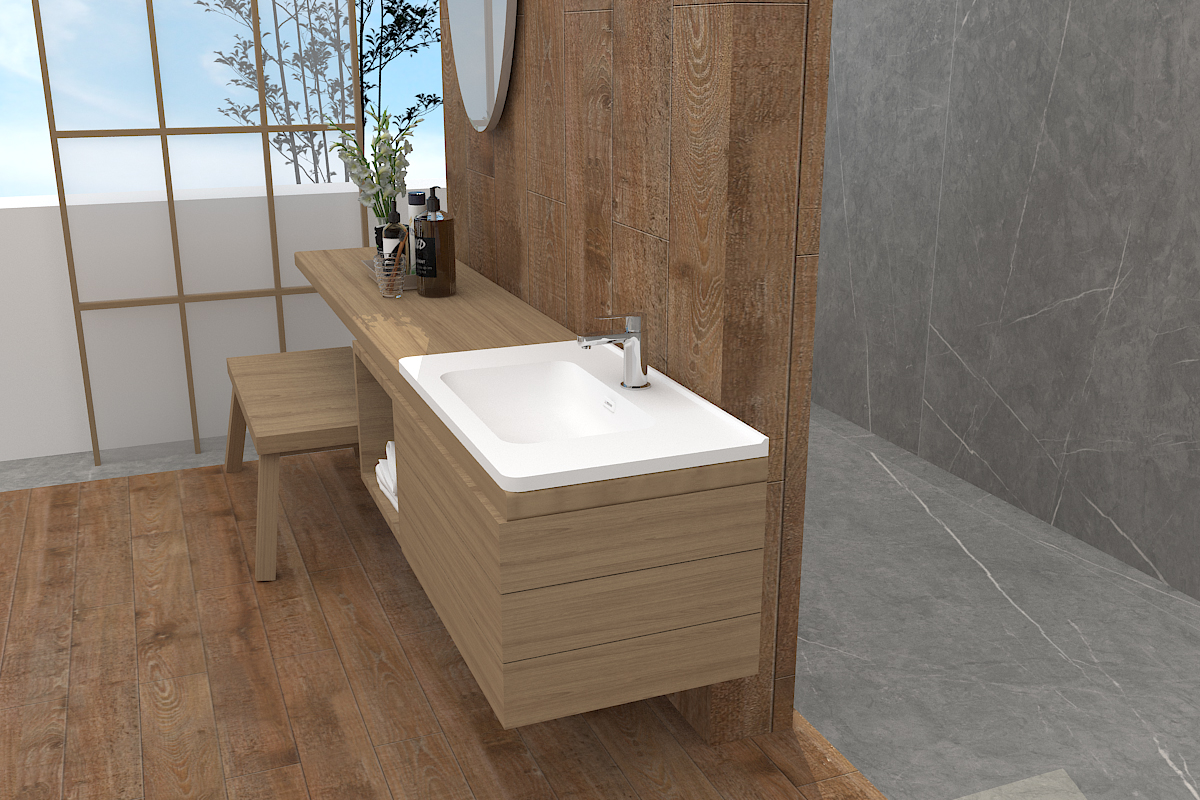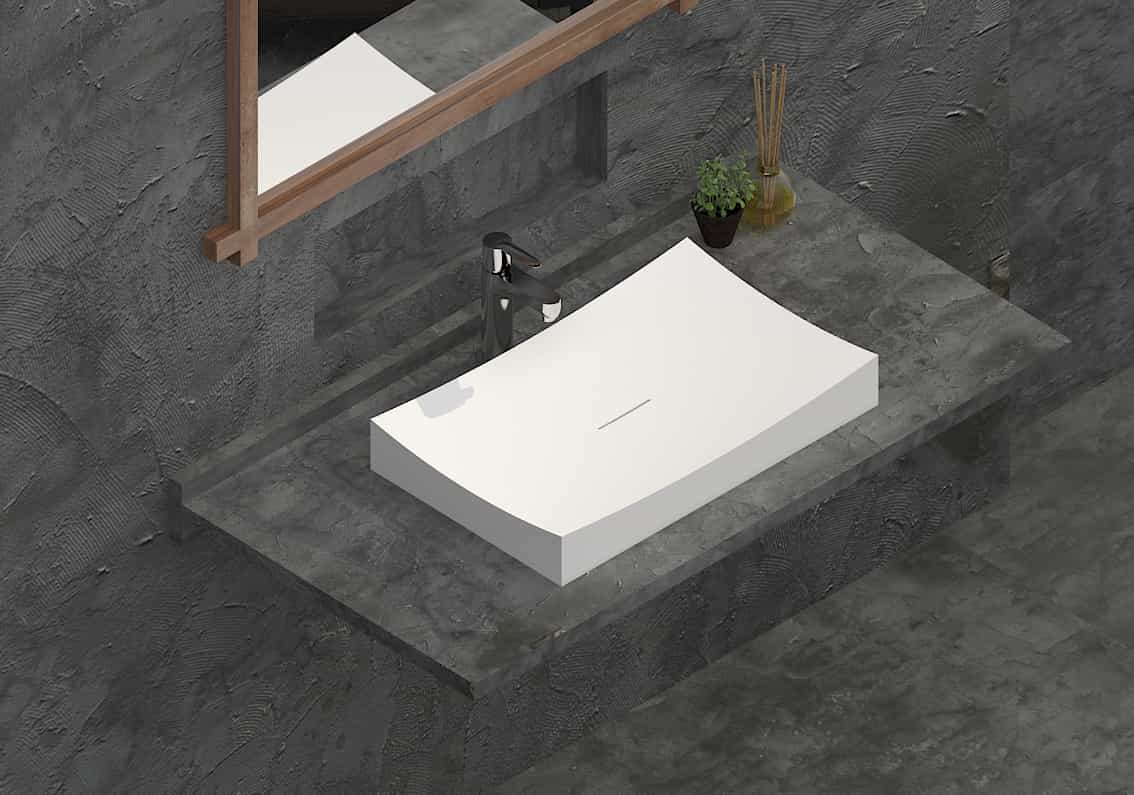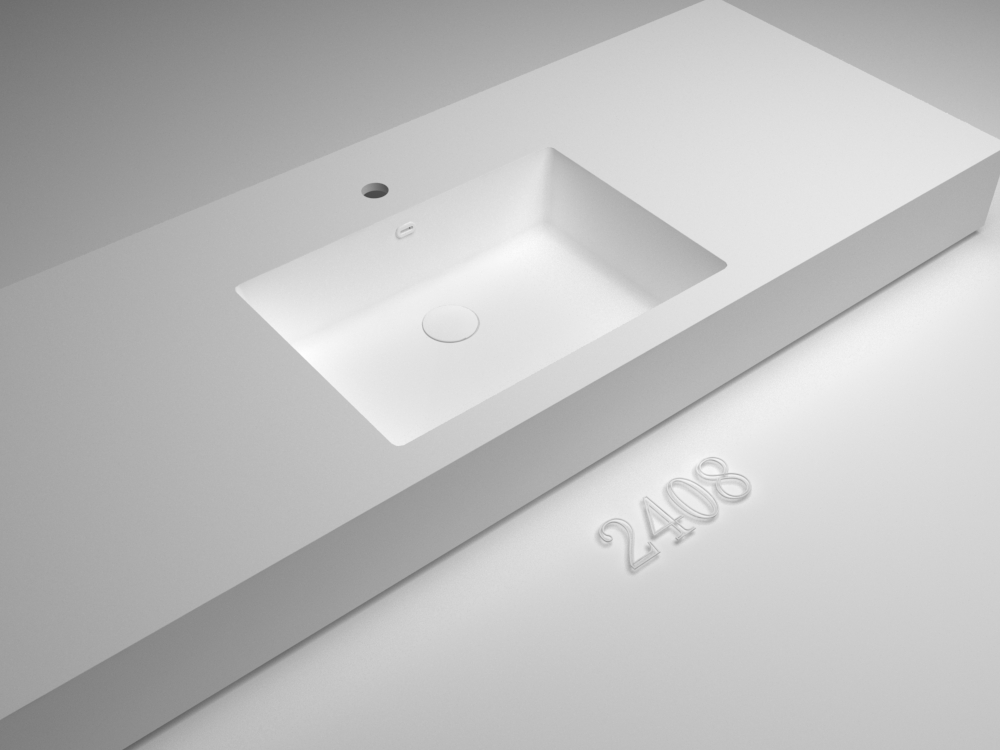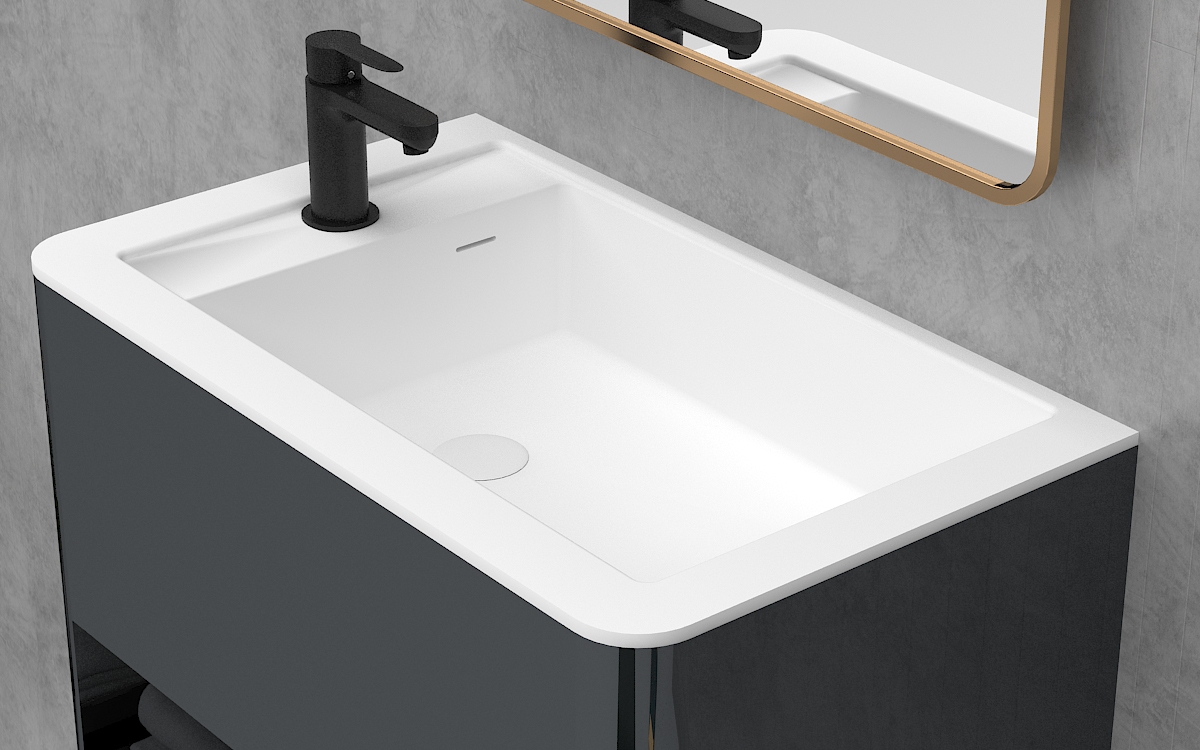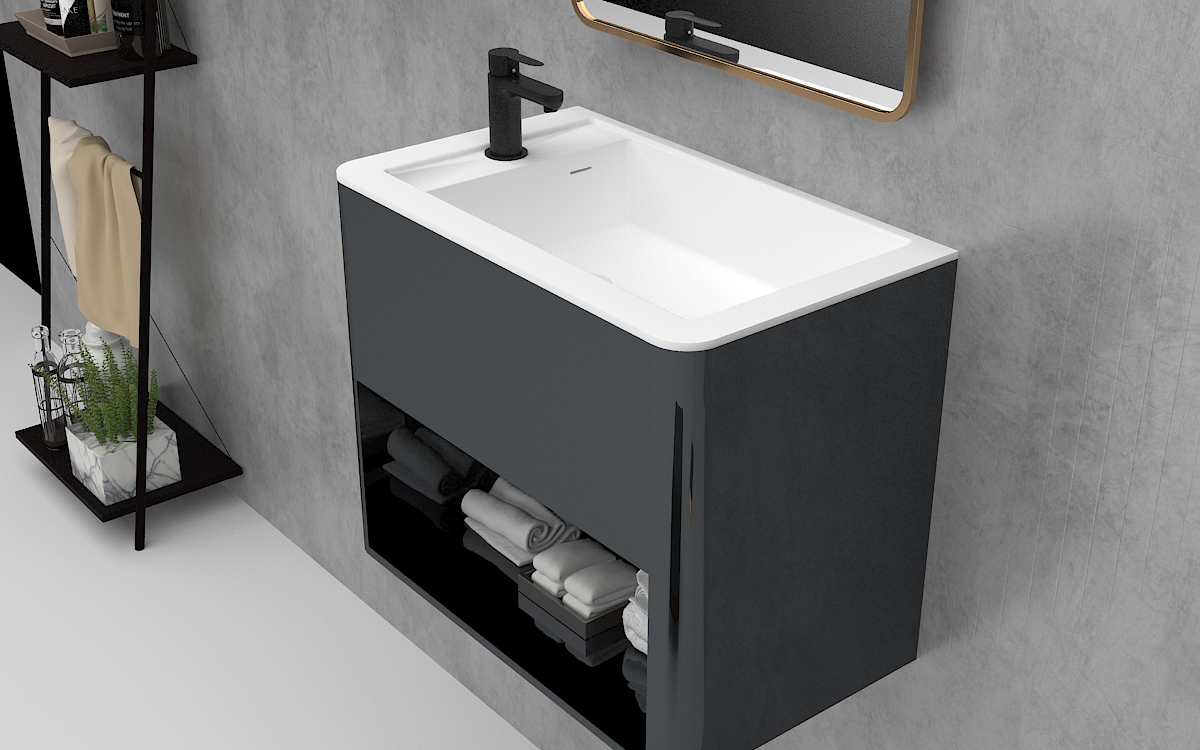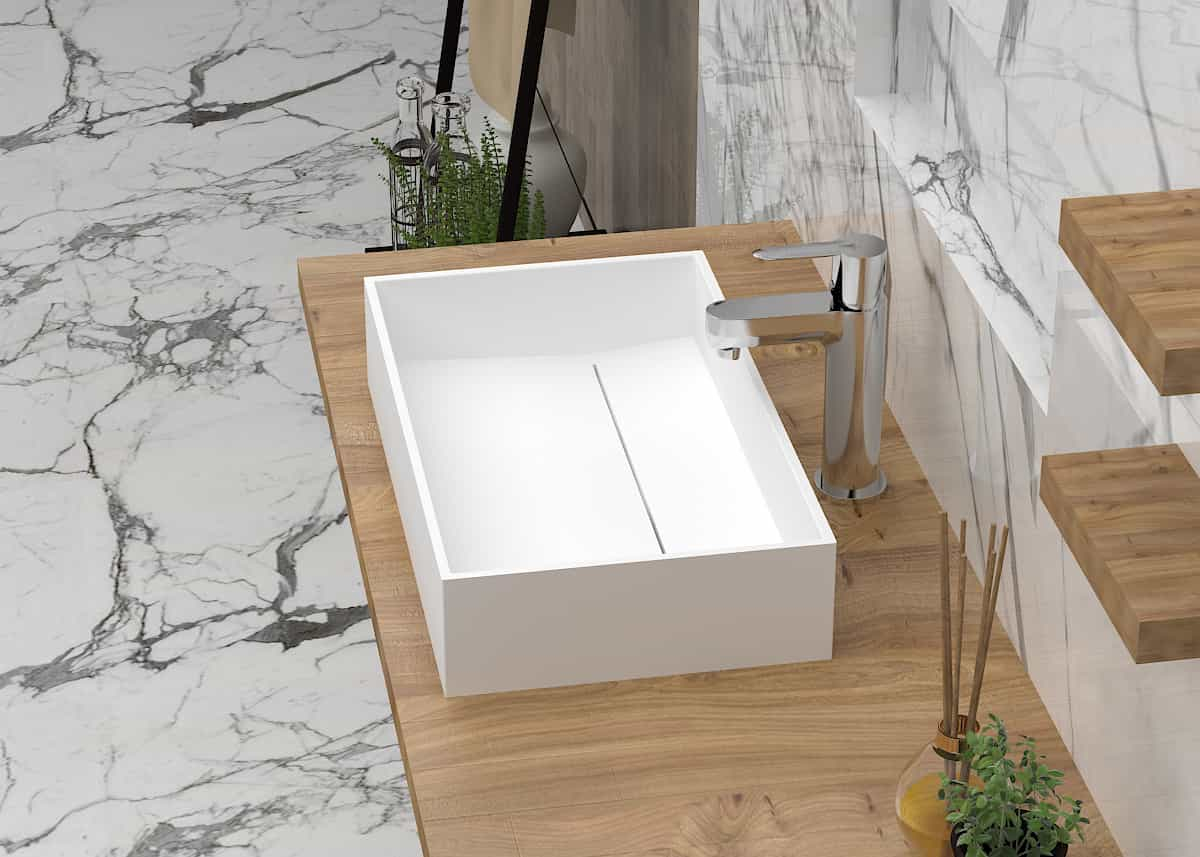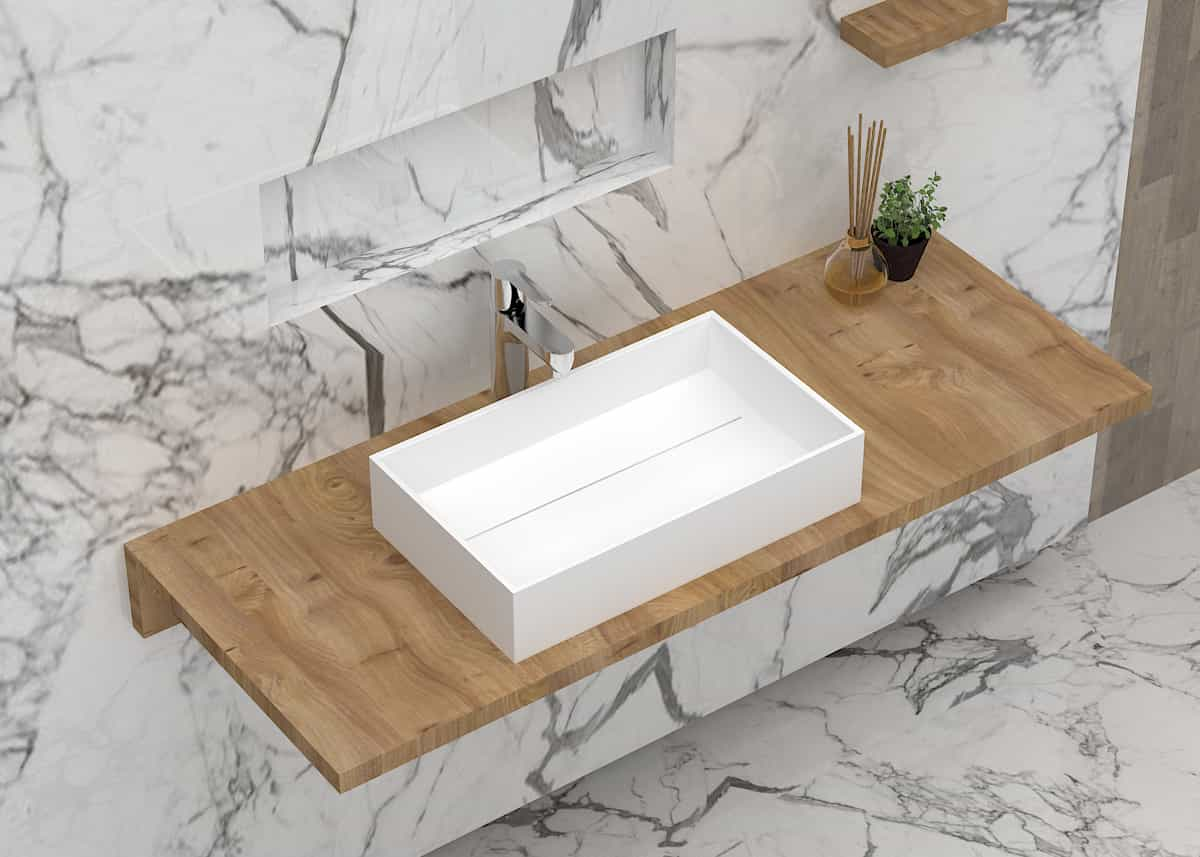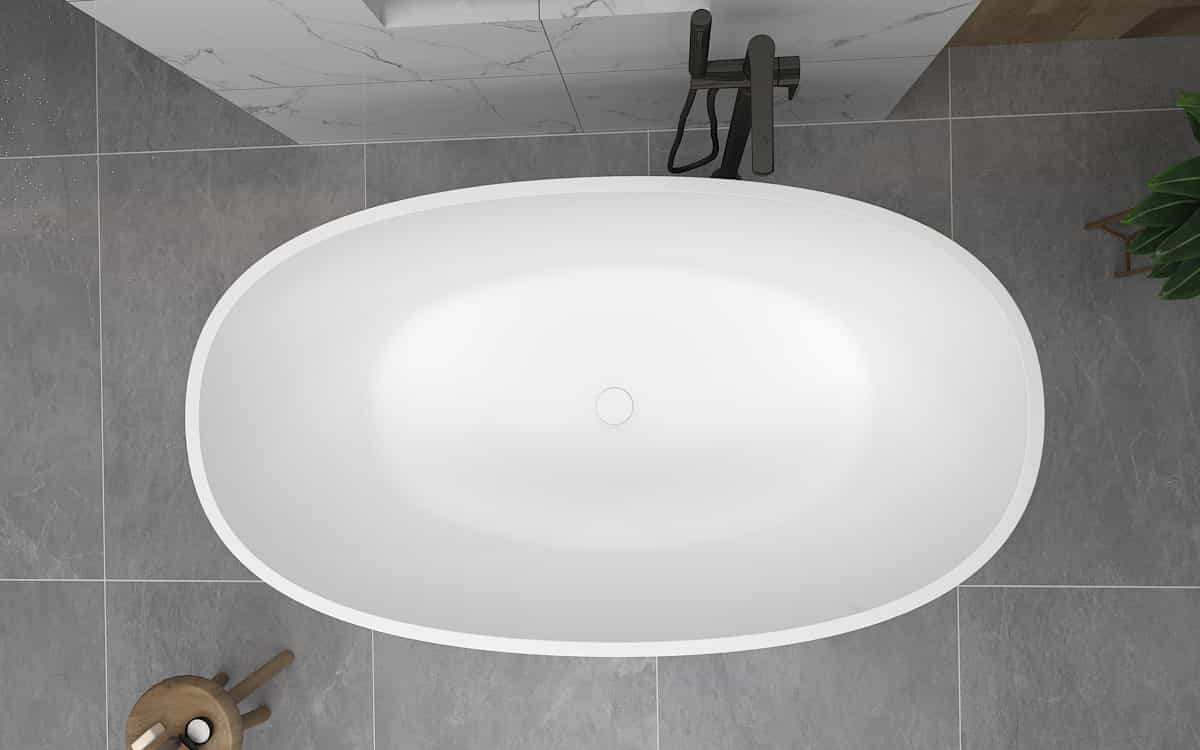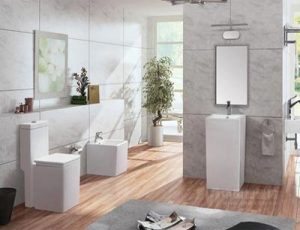
When it comes to the places in the home that are most likely to be dirty and difficult to take care of and maintain, it is natural to mention the washbasin and toilet. As an indispensable appliance in people’s life, many owners often have no way to start when choosing these products. How to use, clean and maintain them has become a common problem in people’s life. For this reason, this issue of home improvement class specially invites senior home improvement consultants from B&Q to answer questions in detail for readers.
Basin
Clean with a mild detergent to avoid abrasive surfaces
Neutral detergents should be used when cleaning the washbasin. The use of strong or corrosive cleaning agents will damage the surface of ceramic products. Do not use nylon brushes or scouring pads for cleaning tools, which will wear the surface of the product. After each use of the basin, it is best to wipe the basin with a soft cloth.
In winter or when the temperature is low, if you pour high-temperature hot water directly into the basin, the basin may crack. In addition, direct impact of hard objects on the surface of the product should also be avoided.
Toilet type
Split toilet The water tank is separated from the base and needs to be connected with screws. Its advantage lies in the wide distribution of prices, which can meet different levels of consumer demand.
Wall-mounted toilets are generally suitable for horizontal drainage and sewage pipes, and can be used with flush valves or concealed water tanks. Not only can it effectively save space, have low noise, and will not cause sanitary dead ends, it is clean and easy to clean.
One-piece toilet The water tank is integrated with the base. Its advantage is that there is no possibility of dirt and water leakage at the connection between the water tank and the base, which is easy to clean and beautiful in appearance.
Flush Valve Toilet Using the flush valve instead of the water tank saves the time for storing water in the water tank. In addition to being able to be used continuously, it saves time and is also easy to clean.
Toilet·Acceptance Procedure
1. Open the angle valve to check whether there is any leakage at the connection port.
2. Check whether the opening and closing of the automatic valve in the box is flexible.
3. Check the distance between the water level and the overflow pipe after the tank is filled with water.
4. Hold both sides of the toilet with both hands and shake it slightly to see if it is stable.
5. Put a group of toilet paper (not less than 10 sheets) in the toilet, open the wrench to flush, observe whether the discharge is smooth, whether the toilet paper is completely drained, and check whether there is any leakage at each interface. Such continuous flushing and discharging shall not be less than 3 times, and those who discharge smoothly and have no leakage at each interface are qualified.
Toilet Cleaning and Maintenance
Use a neutral detergent to clean the toilet. If you use a strong or corrosive detergent, it will damage the surface of the ceramic product. Do not use wire brushes, scouring pads and other products to clean the toilet, so as not to wear the surface of the toilet.
In places where the water quality is not good, the water-stop rubber in the toilet tank is prone to aging and failure. In addition, direct impact of hard objects on the surface of the product should be avoided.







